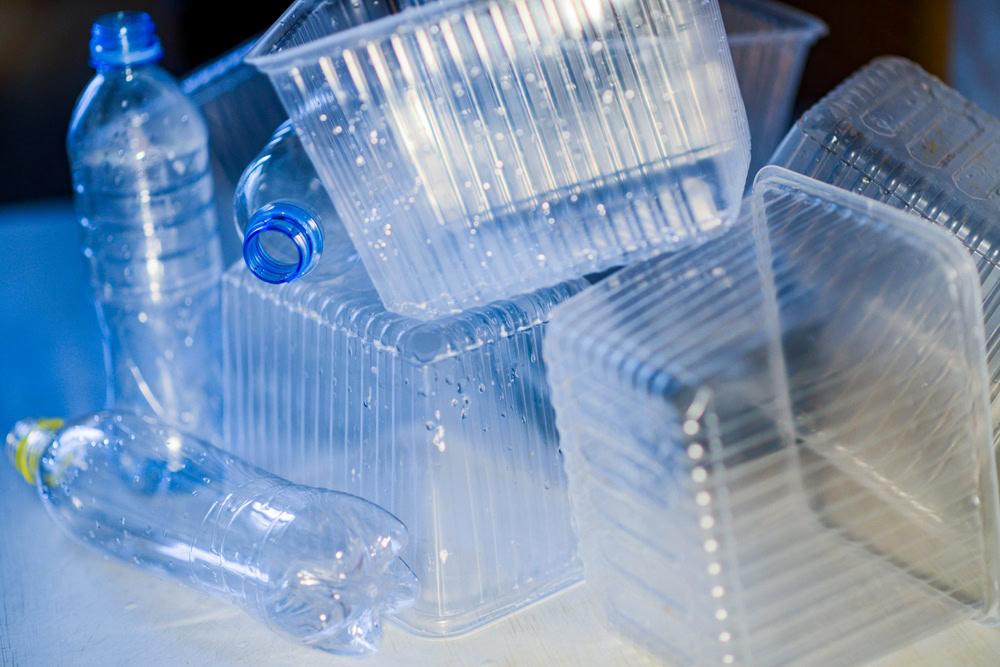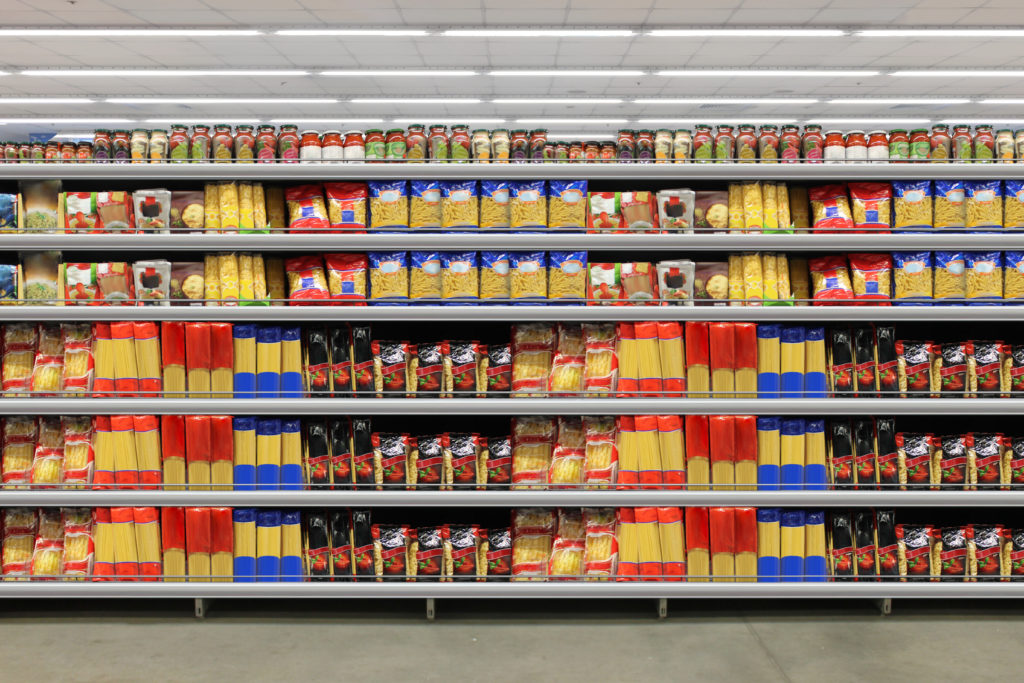Until the beginning of October, obligated businesses were in a fairly strong position to meet their targets for 2008 (see letsrecycle.com story). This was reflected in the publication of data two weeks ago showing that 1,783,269 tonnes of packaging was recycled or recovered in the UK in the third quarter of 2008 – with a shortfall only looking likely in the case of aluminium (see table below).
However, speaking to letsrecycle.com this week, compliance schemes and reprocessors said that the price for some PRNs has been rising over the last few weeks as markets for recovered materials faltered and less evidence was expected to be issued.
Because we rely on export markets it is extremely hard to manage such huge forces
John Turner, Chairman, Advisory Committee on Packaging
And a warning that the UK could miss its targets came from one of the most respected packaging experts in the UK, John Turner, chairman of the Advisory Committee on Packaging. Mr Turner told letsrecycle.com: “We are in extremely difficult times with a collapse in the world market for commodities. This will make it very difficult for the UK to meet its targets. 10 years of difficult work could be hit by this collapse.”
Referring to the UK's approach to the packaging waste system with the PRNs, Mr Turner said: “It is a market driven system and because we rely on export markets it is extremely hard to manage such huge forces in these difficult times.”
Mr Turner said the commodity crisis was a setback for individual companies, local authorities and compliance schemes which had worked so hard to meet targets by 2008. “At the end of this hopefully we will pull through but it looks difficult.”
And, he added that there were no easy solutions and that storage might be an option for some materials while there was also a need to increase domestic reprocessing capacity and to ensure that materials exported were of a high quality.
In particular, paper and wood PRNs, which had both been trading at about £2.50 a tonne, have jumped from to £10 and £8 respectively, with plastics PRNs leaping from around £18 to £23 a tonne. This has meant that steel – also trading at around £10 a tonne – is, in some cases, now being bought instead of paper to cover some companies' general recycling obligations.
And, some have predicted that the UK could now find it difficult to meet its recycling obligations for these materials if the market does not pick up sooner rather than later, forcing the UK to at the very least use up all PRNs carried over from December 2007 and leaving none to be carried over into 2009.
One company spokesman said: “Looking at the quarter three data it very much looks like we will meet the 2008 targets, but it will very much depend on what gets exported in the last couple of months of this year. Quarter four is not looking like it will repeat quarter three.”
The spokesman claimed that if the Chinese opened their doors to recovered material tomorrow “everything would be fine”, but that, if the trends continued, producers would struggle to meet targets for aluminium and plastics.
He added: “I think there could also be a struggle with the general recycling target being met – because it used to be covered by paper.”
Another business said: “I expect some schemes are frantically trying to meet their obligations. I am not sure if the targets are at risk as there are some PRNs carried over from 2007 giving us some slack but if there is less of a carry over this year it could have a knock-on effect next year.”
Producers
In order to help the UK to meet its targets, and help keep recycling operations viable, some in the recycling sector have now suggested that PRN prices could be raised even further.
This is a sentiment similar to that expressed last week by WEEE reprocessors who warned of higher gate fees following a sharp fall in the value of materials from WEEE (see letsrecycle.com story).
One manager at a large waste paper business told letsrecycle.com that his company had been close to stopping collections of card in 1998 when it could only fetch £18 a tonne, but that when the packaging regulations came in with a PRN of £20 a tonne it had made it viable again.
He said: “I think we need similar kind of support now – it is one of two things, the producer is going to have to pay, it is better to have the customer pay through a regulated system such as PRN rather than through charges which they see as abhorrent because they are recycling.”
| PRNs carried forward (t) | Q1 | Q2 | Q3 | Annualised 2008 performance | 2008 targets (t) | |
| Paper/board (including composting) | 148,722 | 781,427 | 724,119 | 763,508 | 3,025,405 | 2,536,739 |
| Glass | 109,705 | 377,794 | 425,603 | 404,279 | 1,610,235 | 1,666,622 |
| Aluminium | 2,719 | 10,224 | 12,359 | 12,598 | 46,908 | 48,931 |
| Steel | 26,580 | 86,701 | 97,030 | 129,643 | 417,823 | 375,317 |
| Plastic | 24,438 | 120,940 | 138,383 | 135,378 | 526,268 | 507,626 |
| Wood (including composting) | 48,257 | 220,664 | 246,113 | 220,141 | 915,891 | 239,920 |
| Total Recycling | 360,421 | 1,597,751 | 1,643,607 | 1,665,547 | 6,542,540 | 6,521,846 |
| EfW | 21,092 | 96,205 | 102,041 | 117,995 | 421,654 | n/a |
| Total Recovery (including recycling) | 381,513 | 1,693,957 | 1,745,648 | 1,783,542 | 6,964,196 | 7,010,042 |
| Packaging recovery and recycling carried out in 2008, quarters 1-3 – source: The National Packaging Waste Database | ||||||









Subscribe for free